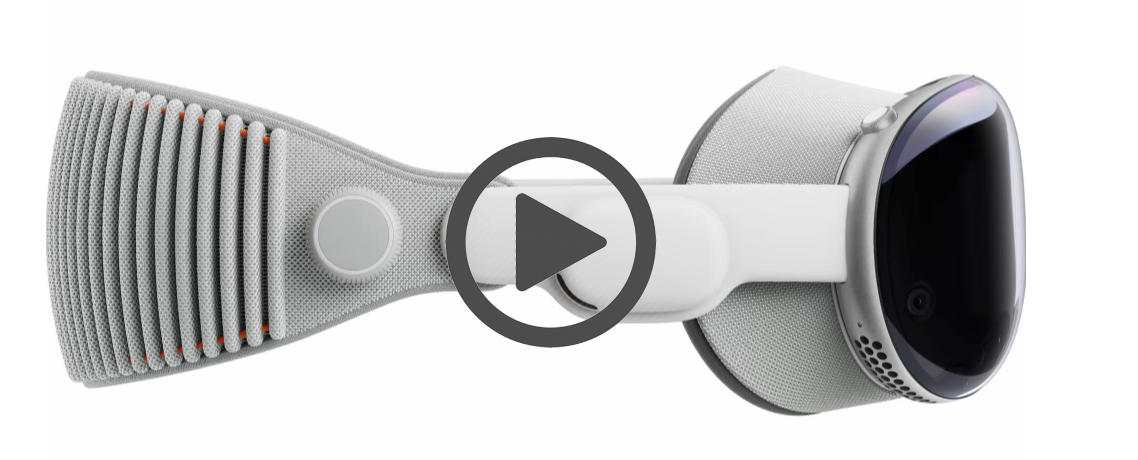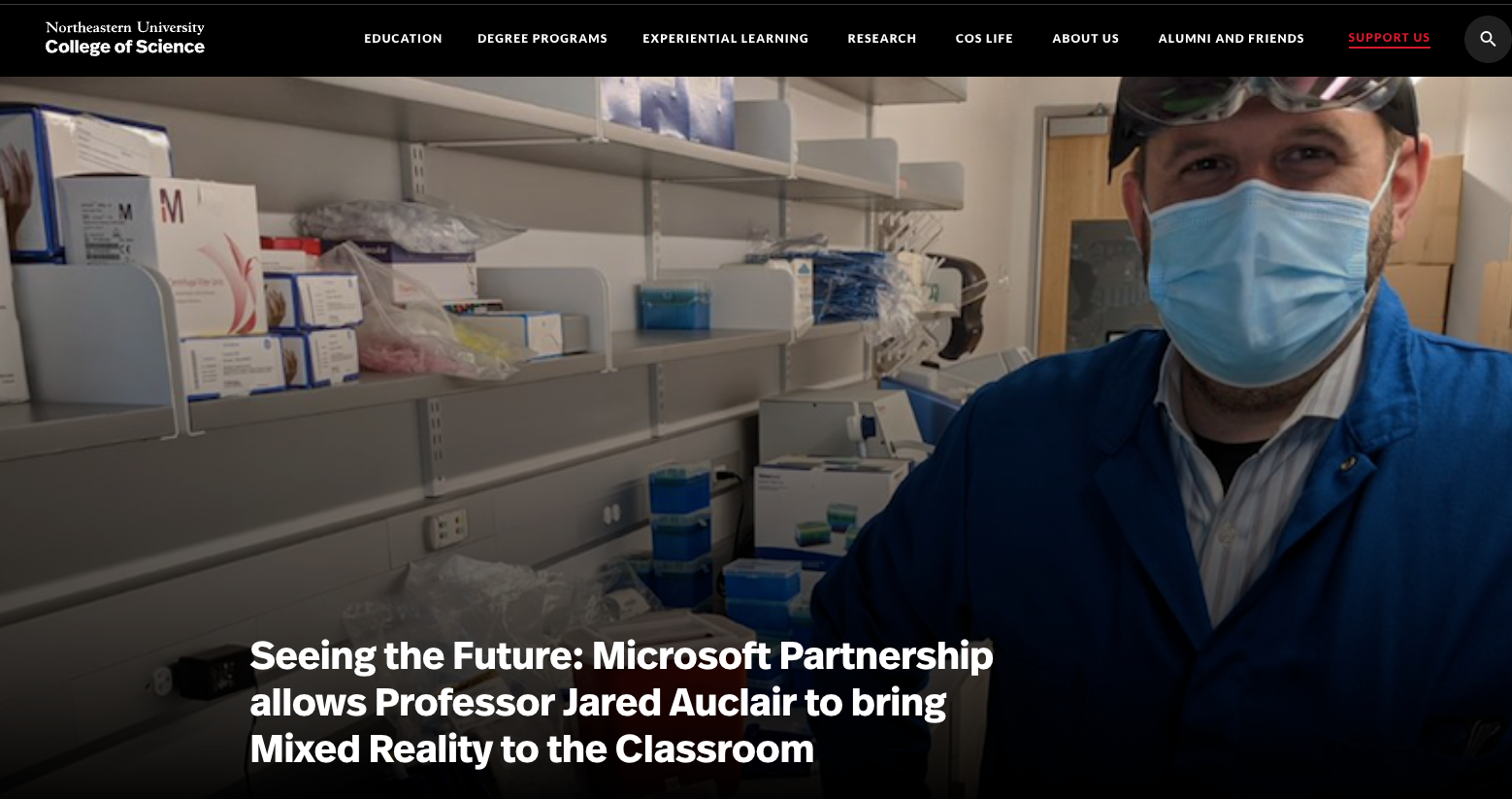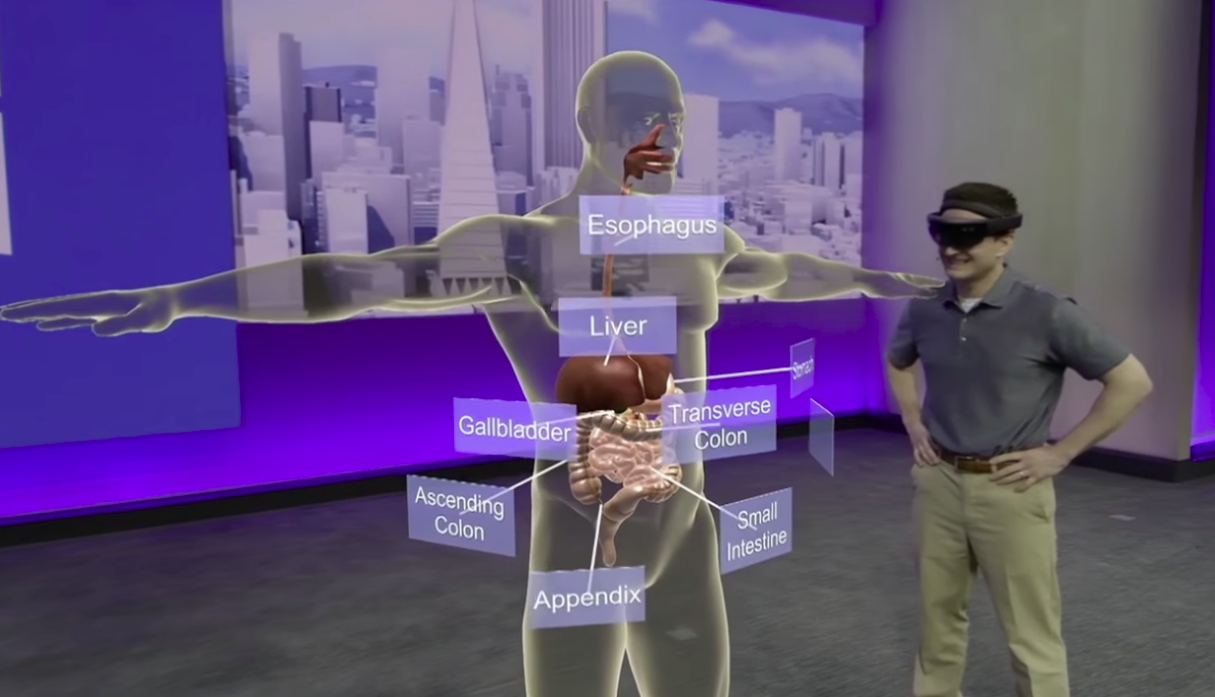What could the launch of a new wave of wearable augmented reality tech mean on campus?
Over the past few years, we’ve seen some innovative uses of virtual reality headsets in higher education, including at open days and even graduations—partly fuelled by pandemic lockdowns.
But now, a new era of augmented reality glasses is set to herald even more opportunities for university digital marketing and teaching. 
Apple's vision for its 3D Vision Pro glasses
Following its exciting announcement, Apple is poised to launch its Vision Pro glasses next year, bringing consumers a wearable ‘mixed-reality’ headset that will blur the lines between the real and virtual worlds.
Dubbed “spatial computing,” the eyewear tech will overlay digital content on a background of actual surroundings.
What are Apple Vision Pro glasses, and when will they released?
Apple’s shift into the eyewear market has been on the cards for years now, and after numerous setbacks, its first shot—the Vision Pro—is expected to hit the market in early 2024, with an initial rollout in the US.
Apple’s intro video to the Vision Pro
Resembling VR headsets in looks, the Apple Vision Pro is a rechargeable goggle marketed as an augmented reality device.
Digital content, including FaceTime, can be projected into your field of view (imagine looking at your living room wall with your chosen apps displayed on it).
But users can quickly flit between AR and a full VR mode—including immersing themselves in 3D videos and photos that can wrap around you in panorama.
The product is also Apple’s first 3D camera, and the new iPhone 15 can capture ‘spatial videos’ for use on the device. Live FaceTime collaboration on docs and apps is also one of the other major selling points.
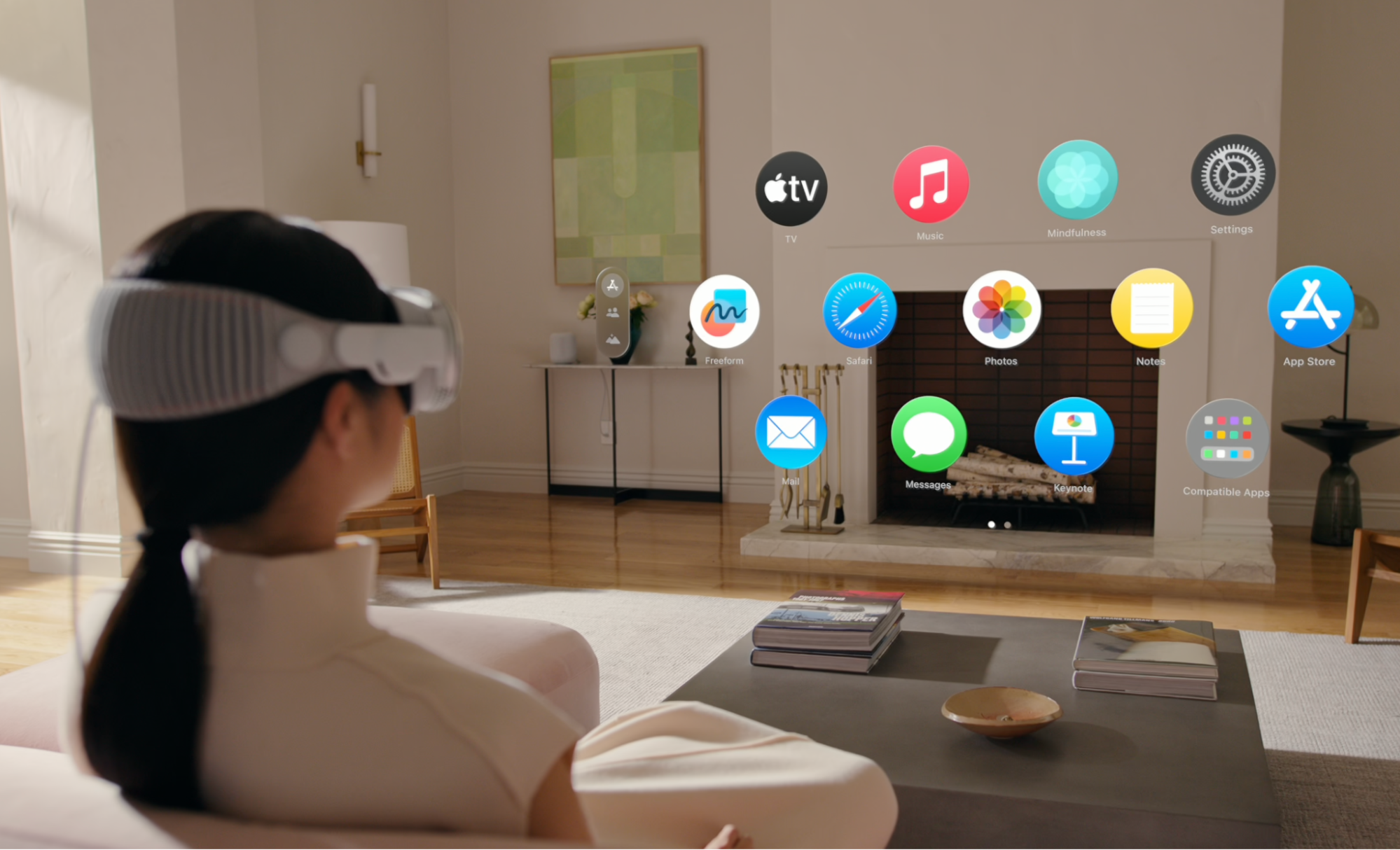
Screenshot of Apple’s Vision Pro promo
In the tech giant’s own words, it’s the most ambitious product it has ever created – and that’s reflected in the rumored price tag of $3,499.
So, they’re unlikely to be mainstream among your average student (in the short term, at least).
But the launch is hotly tipped to mark a seminal change in digital life, with headsets crossing over from the gaming world into the everyday...and possibly into the world of higher education.
Competitor products: who are the rivals?
Unsurprisingly, Apple’s tech competitors are also ready to launch their own alternatives to the Vision Pro if they haven't already.
A more subtle approach, for instance, is Meta’s tie-in with Ray-Ban.
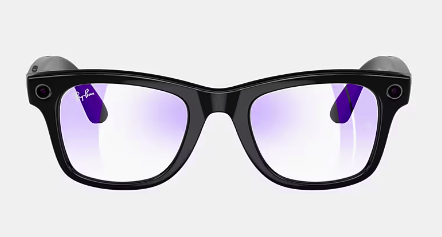
Ray-Ban & Meta’s Wayfarer
Meta has opened up pre-orders for its successor to Ray-Ban Stories, a new take on smart glasses that enable people to take photos or video at the moment with ultrawide cameras, to livestream to Facebook or Instagram, and use ‘Hey Meta’ to engage with Meta AI, an advanced conversational assistant.
The glasses have been well received, with good audio qualities, a 12 MB camera, and Ray-Ban’s style credentials, all bringing something to the party.
AR glasses are already on the market, but many are nowhere near as high a spec as the Vision Pro. Most look like everyday glasses, and it’s anticipated that Apple’s AR eyewear tech will eventually condense down in size in the future.
Current competitors include the Ray-Ban Meta Smart Glasses mentioned above, Magic Leap 2, and Microsoft’s HoloLens 2.
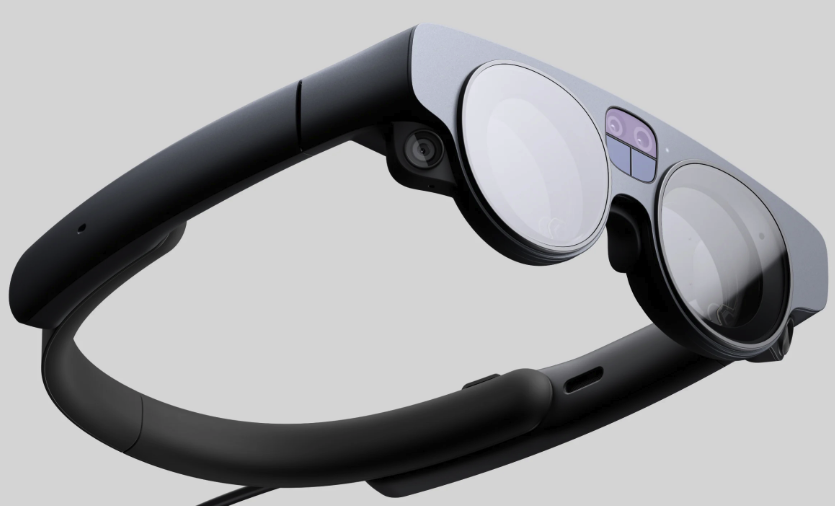
The Magic Leap 2 glasses
Amazon has also jumped into the sector by announcing a lineup of Alexa-powered eyewear in just the last few months.
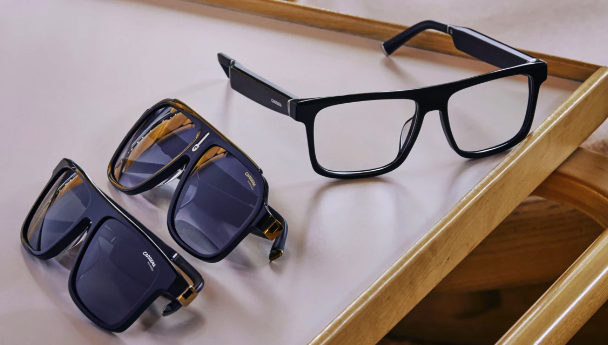
Amazon’s Alexa-powered eyewear
Google’s Glass offering—now shelved—has been among the many high-profile failures in the AR headwear realm, but we expect them to re-enter the market in future years.
Will smart glasses make the leap to higher education?
What possibilities might these bring as AR eyewear makes the leap from large format headsets to more mainstream wearables?
The possibilities are endless for integrating AR headwear into university life, and we’ve seen some innovative uses of VR headsets over the past few years.
They’ve been used for campus tours, and Purdue University even used the tech for a virtual graduation ceremony.
Purdue University’s Get Ready for the Virtual Graduation video
Metaverse teaching has also been gaining traction. So, if AR headsets catch on, there are solid foundations to build on, and many new doors could be opened.
Check out our blog article on The Metaverse: the Future in Higher Education
Microsoft’s HoloLens has also shown promise on the teaching front, with eight universities harnessing the technology, including Northeastern University and the University of Michigan.
Northeastern University’s Professor Jared Auclair testing the use of Mixed Reality in an academic setting
Another, Case Western Reserve University, has deployed augmented reality at its health education campus to aid teaching among medical students, including holograms of bodies and anatomy.
What’s revolutionary is how professors at the institution have summed up the new approach, which they say is superior to teaching anatomy on real-life cadavers.
Case Western Reserve, Cleveland Clinic's video shows how using holograms can help teach anatomy
How AR might be used in a higher education setting
The possibilities for taking education and teaching to new heights using AR is perhaps the most exciting prospect, but how students adopt and use new devices such as AR glasses will also be one to watch.
- For new students, having campus wayfinding and augmented navigation around cities could be one of the most practical uses.
- Within buildings, smart glasses could provide visual directions to lecture theatres, specific rooms, or even to a particular section of the library.
- In the campus gym, students might see their stats projected in real-time as they work out.
- At events or tutorials, seeing key information like name, course attended, and extracurricular interests might make networking and meeting other students much easier.
- Students may also get used to notifications beaming before them rather than diverting attention away from the present to face a watch or phone screen.
What potential applications can you envision for AR headsets and glasses in the sector? Does your institution have any strategies in motion to incorporate this technology?
Please share your thoughts in the comments section below or connect with us through our social media channels.

:format()//media/AR-eyewear-technology-comes-to-campus-RQ.png)
